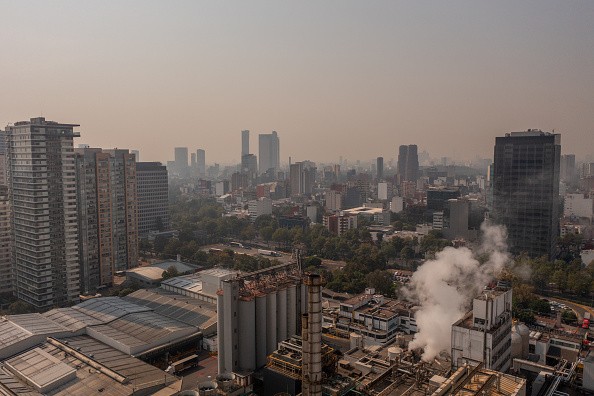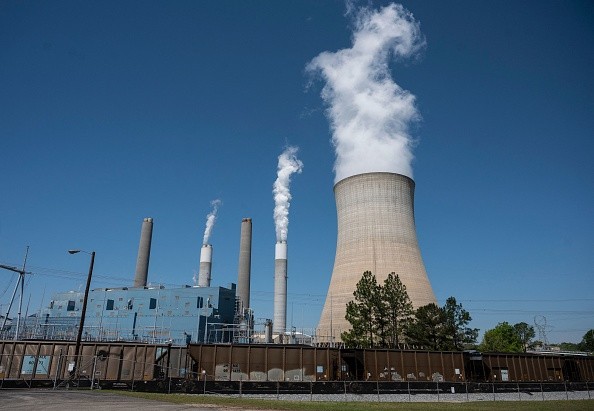On Wednesday, the World Health Organization toughened its air quality guidelines, saying one of the greatest environmental threats to human health now is air pollution which causes seven million untimely deaths annually.

Air Quality Guidelines (AQGs)
Comparing the burden of disease associated with air pollution with that of smoking and unhealthy eating, the UN body said immediate action is needed so that exposure to air pollution will be reduced.
It said: "WHO has adjusted almost all the air quality guideline levels downwards, warning that exceeding the new... levels is associated with significant risks to health. Adhering to them could save millions of lives."
The aim of the guidelines is to protect people from the undesirable effects of air pollution, also governments use the guidelines as a reference for lawfully binding standards. 2005 was the last time the UN health agency issued air quality guidelines (AQGs) which had a remarkable impact on policies for pollution abatement all over the world.
In the 16 years, the WHO revealed that more proof had became known showing that at lower concentrations air pollution affected the health of people than previously thought.
The organisation said: "The accumulated evidence is sufficient to justify actions to reduce population exposure to key air pollutants, not only in particular countries or regions but on a global scale."
Pollutants
The new guidelines come at the perfect time for the COP26 global climate summit that took place in Glasgow from the 31st of October to the 12th of November.
The same as climate change, air pollution was one of the greatest environmental threats to the health of humans, the WHO said.
Its change in climate chief Maria Neira said the WHO was getting a major report ready to present in Glasgow to emphasize the numerous health benefits of decreasing air pollution through alleviating climate change.
She told journalists one can imagine the unbelievable number of lives that will be saved.
Sulphur dioxide, nitrogen dioxide, ozone, and carbon monoxide are the six pollutants the new WHO guidelines suggest lower air quality levels for. The remaining two are PM10 and PM2.5-particulate matter equal or below 10 and 2.5 microns in diameter.
The two can be able to penetrate deep into the human lungs but researchers reveal that PM2.5 is capable of entering the bloodstream, leading to mainly respiratory and cardiovascular problems, but it also affects other organs, said the WHO. The PM2.5 guideline level has been split into two in response.

Effects of Air Pollution
In 2019, over 90 percent of the total number of people in the world inhabited places where concentrations are more than the 2005 air quality guidelines for long-term PM2.5 exposure and the worst-affected region was southeast Asia.
WHO chief Tedros Adhanom Ghebreyesus said: "Almost everyone around the world is exposed to unhealthy levels of air pollution. Inhaling dirty air increases the risk of respiratory diseases like pneumonia, asthma... and increases the risk of severe COVID-19."
The WHO noted that since the 1990s, air quality remarkably improved in developed countries. But the worldwide toll in deaths and years living an unhealthy life barely reduced because air quality worsened in most other countries, in accordance with their economic development.
For more news, updates about air pollution and similar topics don't forget to follow Nature World News!
© 2025 NatureWorldNews.com All rights reserved. Do not reproduce without permission.





